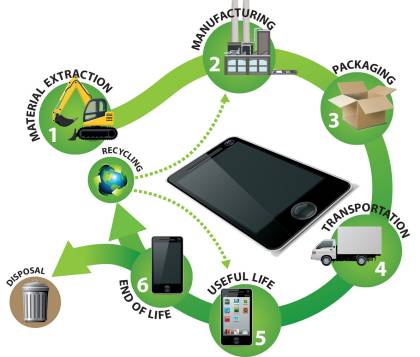
Private detectives, often portrayed as enigmatic figures in literature and cinema, play a crucial role in uncovering hidden truths and solving mysteries that evade the conventional reaches of law enforcement. These professionals, also known as private investigators or PIs, navigate the shadows of society to unveil concealed information. In this article, we delve into the intriguing world of private detectives, exploring their roles, responsibilities, and the impact they have on various aspects of our lives.
Defining the Role:
A private detective is an individual hired to conduct investigative work for private clients, attorneys, corporations, or even government agencies. Unlike law enforcement officers, private detectives are not bound by the same legal constraints and can take on a wide range of cases, including but not limited to, infidelity investigations, background checks, surveillance, and corporate espionage.
Services Offered:
Private detectives offer a diverse array of services, tailored to the specific needs of their clients. Some common services include:
- Infidelity Investigations: One of the most requested services, private detectives often help individuals confirm suspicions of a cheating spouse or partner 尋人. This involves discreet surveillance and the gathering of evidence to either confirm or dispel doubts.
- Background Checks: Private detectives are frequently hired to conduct comprehensive background checks on individuals for various reasons, such as pre-employment screening, tenant verification, or before entering into business partnerships.
- Surveillance: Whether it’s monitoring a person of interest, tracking the activities of an employee suspected of wrongdoing, or ensuring the safety of a high-profile individual, private detectives employ advanced surveillance techniques to gather pertinent information.
- Corporate Investigations: Private detectives assist businesses in uncovering corporate espionage, employee theft, or fraudulent activities. Their work often involves uncovering hidden financial transactions, conducting interviews, and analyzing company practices.
- Missing Persons: Private detectives play a pivotal role in locating missing persons, be it runaway teenagers, estranged family members, or debtors attempting to evade responsibility.
Legal Boundaries:
While private detectives have more flexibility than law enforcement officers, they are still bound by legal and ethical guidelines. They cannot engage in illegal activities, such as wiretapping or breaking and entering, and must adhere to privacy laws when conducting investigations.
Qualifications and Skills:
Becoming a private detective typically requires a combination of education, experience, and licensure, depending on the jurisdiction. Many private detectives have backgrounds in law enforcement, the military, or related fields. Key skills include attention to detail, critical thinking, effective communication, and the ability to adapt to various situations.
Conclusion:
Private detectives, operating in the shadows, provide a valuable service to individuals and organizations seeking information that may elude traditional channels. Their work requires a unique blend of skills, discretion, and determination. As unseen heroes in the realm of investigations, private detectives continue to unravel mysteries and shed light on the truth, proving that sometimes the answers are found in the most unexpected places.








